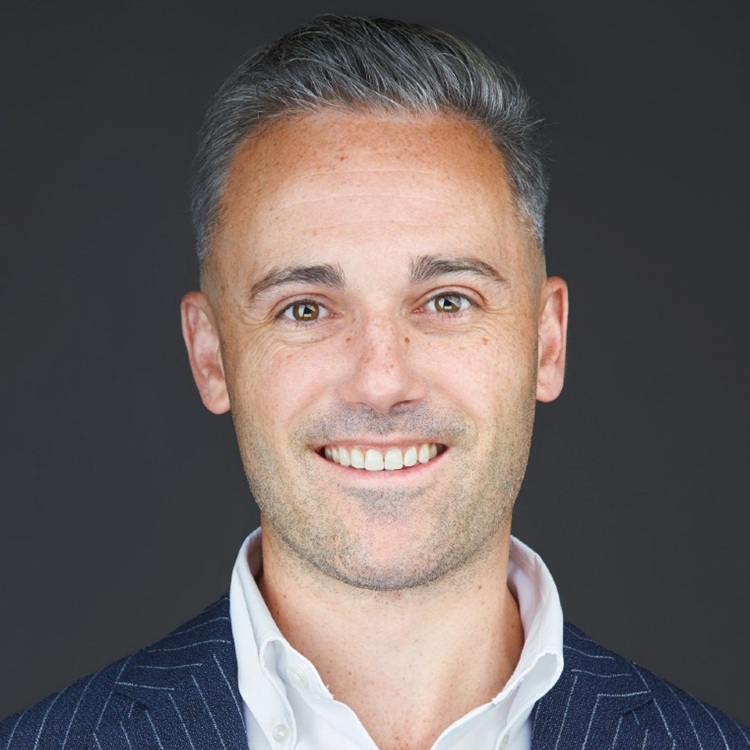Are You a Baby Boomer With Too Much Cash? Three Scenarios for What to Do
Investing in the market while the market is high might not seem like a good idea right now, but here are three scenarios to help you decide what to do.


In his forthcoming book, The Soul of Wealth, Dr. Daniel Crosby tells the story of how dominant Xerox was in the tech space. When Apple and Microsoft came along to create personal computers, Xerox chose not to invest in R&D. By the time its PC, the Xerox Star, hit the market, it was too late. The point of the story is that the timing in business and in markets will never be perfect. In fact, our perfectionism is to blame for keeping cash on the sidelines.
If we looked at markets in 2020, a global pandemic was certainly good reason to stay out. In 2021, supply-chain problems caused a spike in material costs and made it nearly impossible to get a car and many consumer electronics. Russia invaded Ukraine in 2022. About 70% of economists predicted a recession in 2023. And yet, in three of those four years, the U.S. stock market gained ground, which is in line with historical averages. You will never find a perfect year to put that cash to work. You also shouldn’t blindly invest it.
Below are three scenarios for you to come up with a plan for your cash.
From just $107.88 $24.99 for Kiplinger Personal Finance
Become a smarter, better informed investor. Subscribe from just $107.88 $24.99, plus get up to 4 Special Issues

Sign up for Kiplinger’s Free Newsletters
Profit and prosper with the best of expert advice on investing, taxes, retirement, personal finance and more - straight to your e-mail.
Profit and prosper with the best of expert advice - straight to your e-mail.
Scenario #1: If you don’t need the money for 10-plus years…
This money should be invested with an asset allocation that you’re comfortable with. I don’t believe you need to get in over a period of time either (dollar cost average). According to data from Ibbotson and J.P.Morgan, there has never been a 10-year period since 1950 with a negative return in a 50% stock/50% fixed income portfolio. If you want to get a sense of the risk you’re comfortable with, you can use our risk tolerance software.
Scenario #2: If you need the money in two to 10 years…
I still believe this money should be invested, but you should invest over a period of time. I typically recommend three to six months of dollar-cost-averaging into the market.
Example: You have $500,000 sitting in cash that you may need within two to 10 years. You invest $100,000 per month in an appropriate asset allocation.
This will mitigate the risk of buying at a high. I had clients who sold a home late in 2021. They will buy another home in 2025. Their numbers were similar to the above example. We dollar-cost-averaged in, in 2022, and therefore bought as the market was dropping. They are now well positioned for their purchase next year.
Scenario #3: If you need the money in less than two years…
Cash or cash equivalents. Even aggressive asset allocations typically don’t take two years to recover from bear markets. However, the Great Depression, dot-com bubble and the Global Financial Crisis are notable exceptions, so it’s better to be conservative. For money you need in less than two years, I would not advise having market exposure, especially in today’s high-rate environment. There are several options yielding 4% to 5% with principal protection.
There is a fourth option here: You don’t need the money or the return. In other words, you have way more than you need, and the return tradeoff is worth the sound sleep. You can check whether you are in this situation by building out a financial plan here.
Related Content
- Six Essential Retirement Strategies for Baby Boomers
- Turning 65 This Year? Here Are 10 Key Things to Know
- The Five Stages of Retirement (and How to Skip Three of Them)
- Five Things I Wish I’d Known Before I Retired
- Why Turning 65 Isn't What It Used to Be, According to an Expert
Profit and prosper with the best of Kiplinger's advice on investing, taxes, retirement, personal finance and much more. Delivered daily. Enter your email in the box and click Sign Me Up.

After graduating from the University of Delaware and Georgetown University, I pursued a career in financial planning. At age 26, I earned my CERTIFIED FINANCIAL PLANNER™ certification. I also hold the IRS Enrolled Agent license, which allows for a unique approach to planning that can be beneficial to retirees and those selling their businesses, who are eager to minimize lifetime taxes and maximize income.
-
 Gold and Silver Shine as Stocks Chop: Stock Market Today
Gold and Silver Shine as Stocks Chop: Stock Market TodayStocks struggled in Friday's low-volume session, but the losses weren't enough to put the Santa Claus Rally at risk.
-
 Don't Wait Until January: Your Year-End Health Checklist to Kickstart 2026
Don't Wait Until January: Your Year-End Health Checklist to Kickstart 2026Skip the fleeting resolutions and start the new year with a proactive plan to optimize your longevity, cognitive health, and social vitality.
-
 Premium Rewards Cards: More Perks, Higher Fees
Premium Rewards Cards: More Perks, Higher FeesSome issuers are hiking the annual fee on their flagship luxury credit cards by hundreds of dollars. Are they still worth using?
-
 How to Master the Retirement Income Trinity: Cash Flow, Longevity Risk and Tax Efficiency
How to Master the Retirement Income Trinity: Cash Flow, Longevity Risk and Tax EfficiencyRetirement income planning is essential for your peace of mind — it can help you maintain your lifestyle and ease your worries that you'll run out of money.
-
 I'm an Insurance Expert: Sure, There's Always Tomorrow to Report Your Claim, But Procrastination Could Cost You
I'm an Insurance Expert: Sure, There's Always Tomorrow to Report Your Claim, But Procrastination Could Cost YouThe longer you wait to file an insurance claim, the bigger the problem could get — and the more leverage you're giving your insurer to deny it.
-
 Could a Cash Balance Plan Be Your Key to a Wealthy Retirement?
Could a Cash Balance Plan Be Your Key to a Wealthy Retirement?Cash balance plans have plenty of benefits for small-business owners. For starters, they can supercharge retirement savings and slash taxes. Should you opt in?
-
 7 Retirement Planning Trends in 2025: What They Mean for Your Wealth in 2026
7 Retirement Planning Trends in 2025: What They Mean for Your Wealth in 2026From government shutdowns to market swings, the past 12 months have been nothing if not eventful. The key trends can help you improve your own financial plan.
-
 What Defines Wealth: Soul or Silver? Good King Wenceslas' Enduring Legacy in the Snow
What Defines Wealth: Soul or Silver? Good King Wenceslas' Enduring Legacy in the SnowThe tale of Good King Wenceslas shows that true wealth is built through generosity, relationships and the courage to act kindly no matter what.
-
 An Investing Pro's 5 Moves to Help Ensure 2025's Banner Year in the Markets Continues to Work Hard for You in 2026
An Investing Pro's 5 Moves to Help Ensure 2025's Banner Year in the Markets Continues to Work Hard for You in 2026After a strong 2025 in the stock market, be strategic by rebalancing, re-investing with a clear purpose and keeping a disciplined focus on your long-term goals.
-
 Introducing Your CD's Edgier Cousin: The Market-Linked CD
Introducing Your CD's Edgier Cousin: The Market-Linked CDTraditional CDs are a safe option for savers, but they don't always beat inflation. Should you try their counterparts, market-linked CDs, for better returns?
-
 How to Protect Yourself and Others From a Troubled Adult Child: A Lesson from Real Life
How to Protect Yourself and Others From a Troubled Adult Child: A Lesson from Real LifeThis case of a violent adult son whose parents are in denial is an example of the extreme risks some parents face if they neglect essential safety precautions.